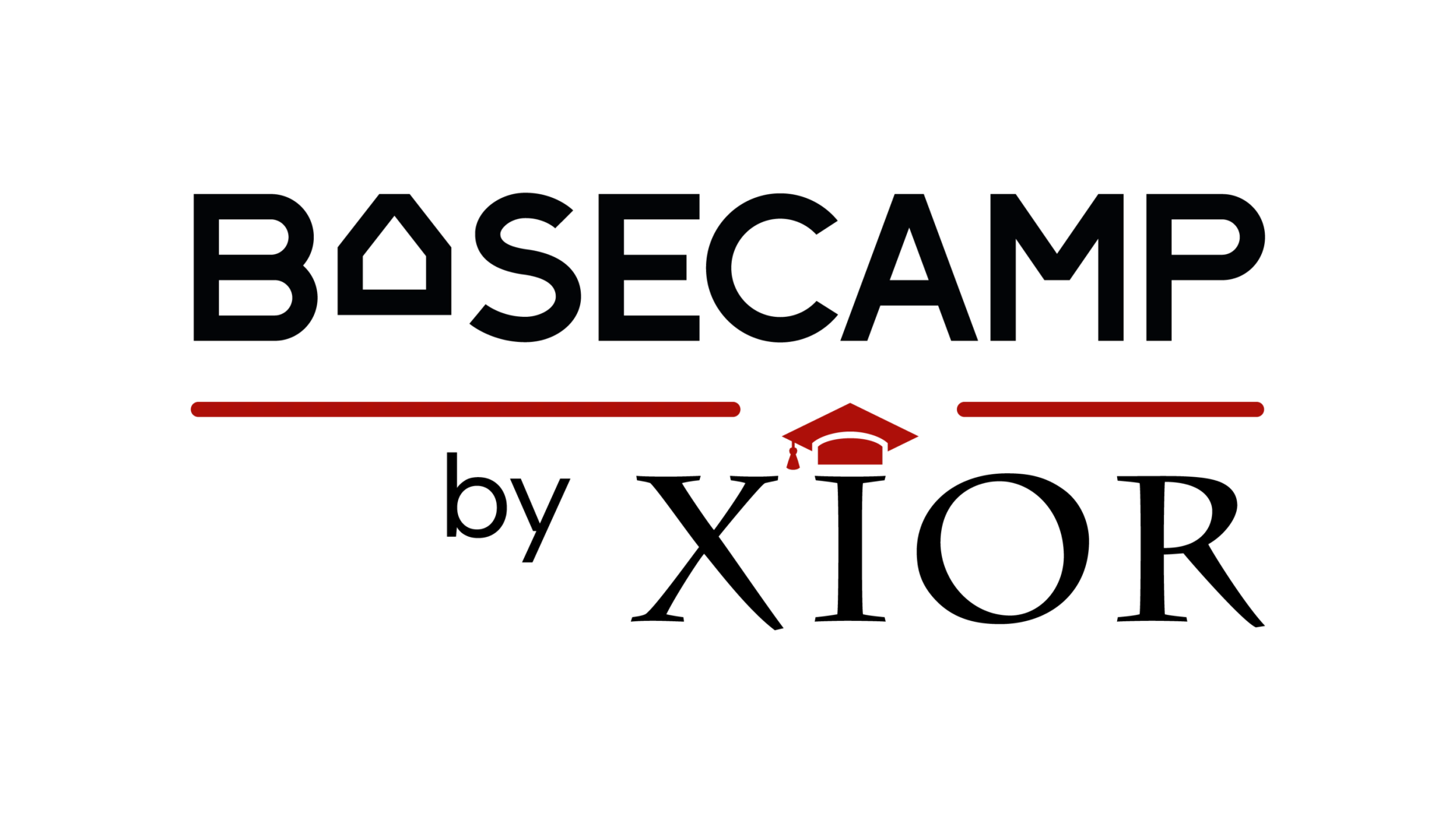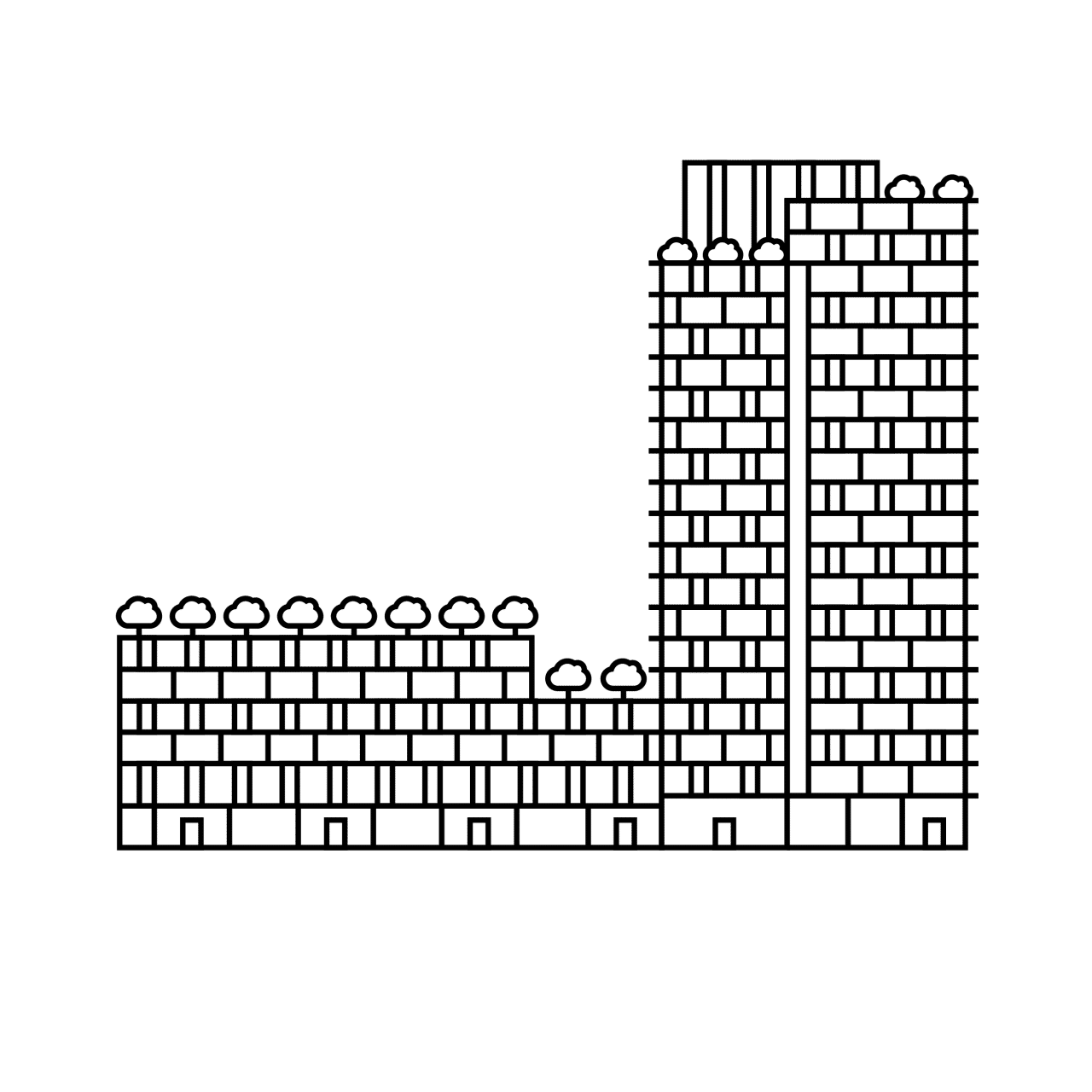Everything you need to know about the Danish language
What is Danish
Denmark is a country with a strong welfare state. It combines a high living standard with a strong social security net, as well as the best working opportunities. So, if you consider moving to another country, Denmark seems really tempting. Before making a final decision, we invite you to discover the mysteries of the Danish language and set off on a journey to understanding modern Scandinavian culture. Maybe you will learn, why the Danes often are at the top of the happiest people rankings.
Let’s start with some basic Danish language facts. It belongs to the East Scandinavian branch of the North Germanic languages family and is used by about six million people, mainly in Denmark, Greenland, the Faroe Islands, Canada, Germany, Greenland, Iceland, Norway, Sweden and in northern Germany. The Danish language has a number of regional and local dialect varieties, which are usually divided into two major groups. Standard Danish is based on Eastern Danish (Bornholmsk) spoken in the surroundings of the capital of Copenhagen and in big cities. It is taught in schools and used in the media.
Sønderjysk (Southern Jutlandic) is the western variety, spoken on the peninsula of Jutland. Danish grammar is relatively easy, so why is Danish so hard to grasp? First, a high number of vowels makes it challenging to pronounce. Secondly, it is a fast-spoken, soft and monotonous language, which makes it difficult to understand. There is good news though; about 86 percent of Denmark’s population speaks English, so you can freely enjoy your stay without diving into the mysterious depths of the Danish language.
Danish alphabet
Learning the Danish alphabet is very important because it shows how to speak the language properly. The modern Danish alphabet has 29 letters, using the standard English alphabet plus 3 extra vowels at the end. These three extra letters are æ, ø and å:
a b c d e f g h i j k l m n o p q r s t u v w x y z æ ø å
- æ is a combination of ‘a’ and ‘e’, which sounds like a shortened version of the ‘a’ sound in the word “ate”.
- the letter ‘ø’ is even more difficult to replicate in the English language. It sounds like the “u” in “burn” or “i” in the “bird”.
- As umlaut vowels, Æ and ø are corresponding to ä and ö in German.
- Å was introduced as a substitution of the ’’aa”. It sounds like a very shortened version of the ‘o’ sound in the word “go”.
One of the tricks encountered by English speakers is the “silent” d. The letter ‘y’ corresponds with umlaut ü, and q, w, and x are only used in foreign words. Above all, there is a stød, pronounced by thrusting the air rapidly through your throat, then cutting it short. It’s often characterized as a “glottal stop” in linguistics. Even if this only sounds difficult, we highly recommend a Danish language course for international students, because it takes some time and practice to shift from English to Danish.
How to learn Danish fast
Starting to learn a foreign language from scratch is never a simple task. There are fortunately many ways to do it. Here are some useful tips.
Firstly, start to live in Denmark. Being forced to speak is sometimes the best way to advance. Choosing to stay in luxurious rooms of Basecamp in Copenhagen (2 dormitories: in the city centre or close to South Campus) or Lyngby you will sink into the environment, where you will hear Danish spoken all day round. Among peers at different Danish language levels, you will pick up colloquial or slang words and phrases much easier. A great way to get you into the routine of learning and meeting new foreigners in the city is a Danish language course at a private school or at the university. At home, you can also listen to podcasts, download language learning apps like Duolingo, read the news and books for children, watch Danish movies or start a free online Danish language course. Live chats and online conversations with natives are also efficient and entertaining at the same time. Maybe you will find a private Danish tutor? Remember one rule. Nothing will speed up your progress more than speaking.
Basic Danish words for a good start
There are some Danish phrases you may find useful in everyday life, for example how to say hello in Danish or thank you. They might come in handy at any time, so try to learn them.
| English | Danish |
| Hi! | Hej! |
| Yes | Ja |
| No | Nej |
| Please | Være venlig |
| Good morning! | God morgen! |
| Good evening! | God aften! |
| Welcome! | Velkommen! |
| How are you? | Hvordan har du/ de det? |
| I’m fine, thanks! | Jeg har det fint, tak! |
| And you? | Og dig/ dem? |
| Good/ So-So. | Godt/ Sådan nogenlunde. |
| Thank you (very much)! | Tak! (Mange tak!) |
| Good night! | God nat! |
| See you later! | På gensyn! |
| Good bye! | Farvel! |
| I’m lost | Jeg er faret vild. |
| Can you help me? | Kan du/ de hjælpe mig? |
| Where is the bathroom? | Hvor er toilettet? |
| Go straight, then turn left/ right! | Gå lige ud. Drej derefter til venstre/ højre! |
| How much is this? | Hvor meget ko |
| Excuse me ..! (to ask for something) | Undskyld mig… |
| Excuse me! (to pass by) | Undskyld! |
| Do you speak English? | Taler du engelsk? |
In case you need to say Merry Christmas and Happy New Year in Danish it would sound like “Glædelig Jul og Godt Nytår”. You can often encounter the phrase “godaften” which means good evening. Spare 5 to 10 minutes a day and your improvement will take place in a blink of an eye.
Career in Denmark
Denmark offers the best work-life balance, an excellent business climate, and endless work and development opportunities. If your native language is English, you can rest easy. English is commonly spoken in business because world-famous brands such as KPMG, IBM, Carlsberg, Zara, Deloitte and Lego have their offices in Denmark. However, if you want to experience ‘hygge’, the unique Danish concept of comfort and closeness, it is better to socialize. Danish language courses can largely help you make friends and settle in. The Danish labour market is dominated by the services sector and industry. The Danish is currently facing skills shortages in education, engineering, IT, medicine and healthcare. If you are a skilled engineer, medical consultant, hospital doctor, dentist and pharmacist, you won’t have difficulties in finding a well-paid job.
Yet, it is worth mentioning, that knowledge of Danish is preferable for high-level positions, so before applying, enrol in a Danish language school. Danish is considered one of the easiest languages for a native English speaker to understand, and additionally, it will give you a huge step towards mastering other Germanic languages (Norwegian, Swedish, German). Having knowledge of Danish will open up the world to you for business, travelling, living abroad and new acquaintances.
Ready for a Danish challenge? Vi ses snart. (See you soon.)





